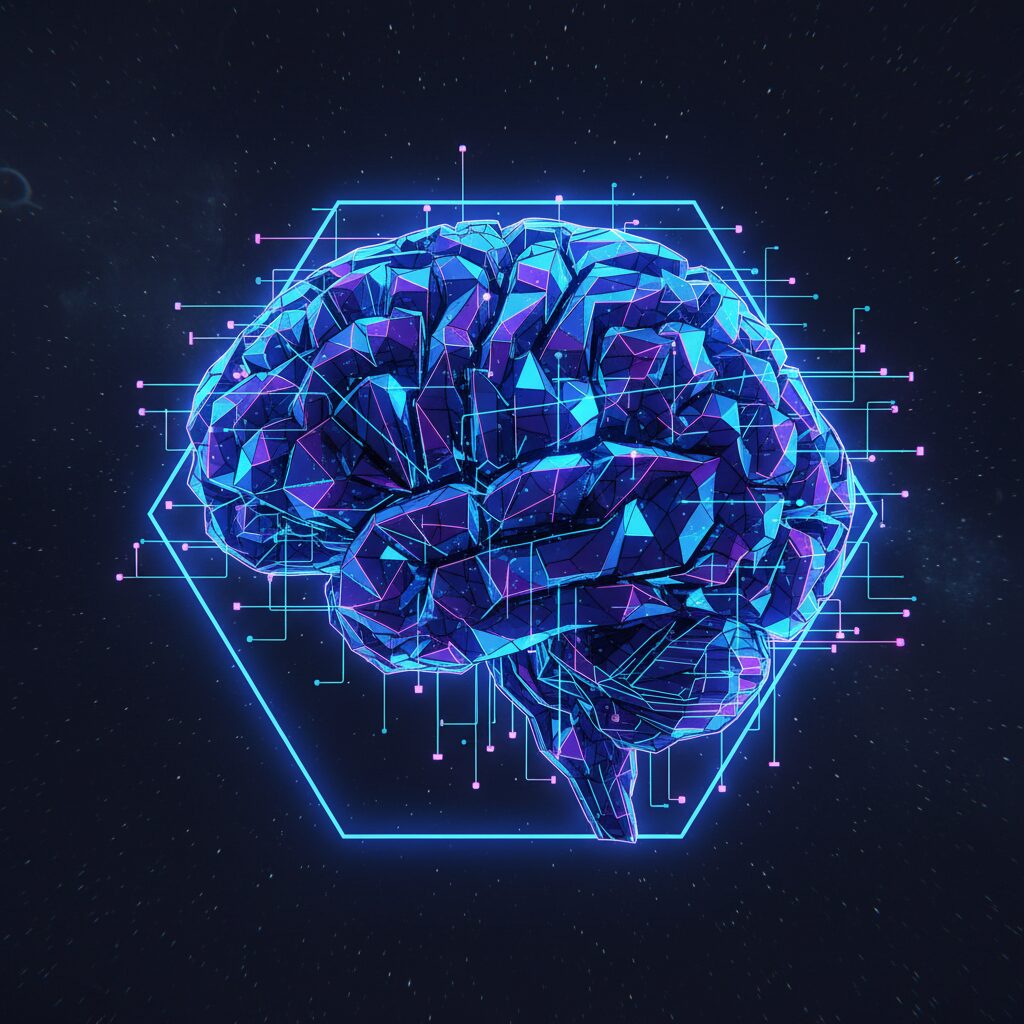Beyond the Price Ticker: Key Technologies Shaping Crypto’s Future

While the cryptocurrency market often captures headlines with its price volatility, the industry’s most significant developments are happening far from the trading charts. Critical advancements in core technology are quietly reshaping the digital asset landscape, laying the groundwork for broader adoption and more sophisticated applications. These shifts focus on improving blockchain infrastructure, automating finance, and integrating intelligent systems.
The Evolution of Core Blockchain Infrastructure
The foundation of every digital currency, blockchain technology, is undergoing constant enhancement. Early iterations faced challenges with scalability and efficiency, but modern developments are focused on creating more robust and practical networks. These improvements lead to faster transaction processing, lower fees, and enhanced security protocols, which are all essential for building investor trust and enabling cryptocurrencies to function effectively in mainstream financial systems.
Smart Contracts and the Rise of Decentralized Finance
One of the most impactful advancements has been the widespread implementation of smart contracts—self-executing contracts where the terms of an agreement are written directly into code. By removing the need for intermediaries like banks or brokers, these contracts reduce both transaction costs and processing times. This innovation is the engine behind Decentralized Finance (DeFi), an ecosystem that leverages blockchain to build open alternatives to traditional financial services like lending, borrowing, and trading without a central authority.
Artificial Intelligence: The New Frontier in Digital Assets
The integration of Artificial Intelligence (AI) is opening new frontiers for the crypto space. AI algorithms are increasingly used to analyze market data and predict trends with greater accuracy, offering traders more powerful tools for crafting investment strategies. Beyond trading, AI also promises to bolster security measures, improve user experiences, and automate complex regulatory compliance checks, making platforms safer and more efficient for everyone involved.
Forging a New Standard for Information
As digital content floods our daily lives, a critical movement is underway to equip the next generation with the skills to navigate this complex landscape. The goal is to foster a discerning audience capable of separating credible information from noise, a foundational step in adapting to a new media era.
AI in the Newsroom
Artificial intelligence is poised to become an increasingly vital asset for journalists, offering powerful tools for real-time analysis and fact-checking. This technological shift promises to boost the accuracy and reliability of news production, giving audiences a more nuanced grasp of complex subjects. However, as AI becomes more deeply integrated into how news is delivered, it raises important ethical questions about potential bias that demand careful oversight.
The Push for Transparency and Regulation
In the near future, regulatory bodies and governments are expected to implement stricter controls on social media platforms. These new rules will likely focus on making content-dissemination algorithms more transparent, a crucial move to promote diverse viewpoints and dismantle digital echo chambers. Such changes underscore the need for news organizations and consumers to continuously adapt their practices and expectations.
Challenges and Opportunities on the Horizon
The convergence of education, technology, and regulation presents a dual-edged sword. On one hand, it holds the potential to democratize access to high-quality information and bridge knowledge gaps across different communities. On the other, it introduces significant risks related to privacy and freedom of expression that societies must proactively address. Successfully navigating this path will require close collaboration among educators, technologists, and policymakers to shape a media environment that is both innovative and responsible.











